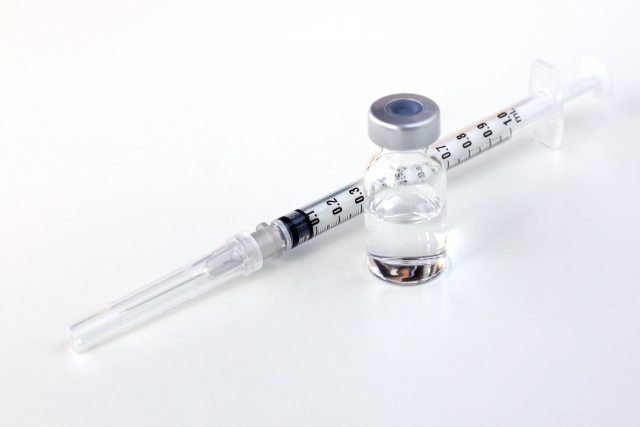
Basic principles of our Urology Department, and major surgery accomplishments
We strive to efficiently and promptly provide a treatment flow of medication, consultation → diagnosis → treatment policy decision → post-treatment rehabilitation. The foundation of our treatment approach is a thorough explanation of the medical condition, including notification of disease name. Depending on the type of illness, medical condition, lifestyle and preferences of the patient, we select the ideal treatment method for each patient from treatment options such as surgery, radiation therapy, anticancer chemotherapy, hormone therapy, molecular target treatment, immunotherapy, palliative care, and the like.
Since our first laparoscopic nephrectomy surgery in 2002, we continue to expand our range of laparoscopic surgery as we gain experience and implement advanced medical equipment. In 2014, we performed 90% of our major urological surgeries (adrenal tumor, stomach cancer, kidney cancer, ureter cancers, bladder cancer, and prostate cancer) by patient-friendly laparoscopic (celoscope) surgery. With two surgeons certified as urological laparoscopic technicians, we perform approximately 100 laparoscopic surgeries per year, taking the utmost care to minimize loss of body function while removing lesions. Even for advanced cases requiring major surgery, we implement laparoscopic surgery while maintaining patient safety, but in highly advanced cases where laparoscopic surgery is ineffective, we may perform laparotomy combined with cancer treatments such as chemotherapy or molecular target therapy. In recent years, robot-assisted remote-controlled laparoscopic surgery is rapidly becoming commonplace even outside of major urban centers, and we are also considering implementation of robots at our hospital. There is no doubt that robots have great merits as surgical devices, however, at present, the greatest shortfall of robotic surgery is the lack of sense of touch. In order to provide patients with excellent treatment from the very outset of implementing robotic surgery, we believe it is essential to adequately compensate for the lost tactile sense with visual awareness, to develop precise and thorough knowledge of the field of laparoscopic surgery, and to possess manual laparoscopic surgical operation skills in case of a malfunction of the robot. For now, the achievements of our laparoscopic surgery are equal to or greater than that of robot-assisted surgery, so we think that introduction of robots will bring benefits to medical staffs (easier and less tiring) rather than the benefits for patients. While there can be little doubt that our hospital will introduce robots in the near future, we continue refining our laparoscopic surgical techniques in order to maintain our high standard of treatment as we transition to robot-assisted surgery.